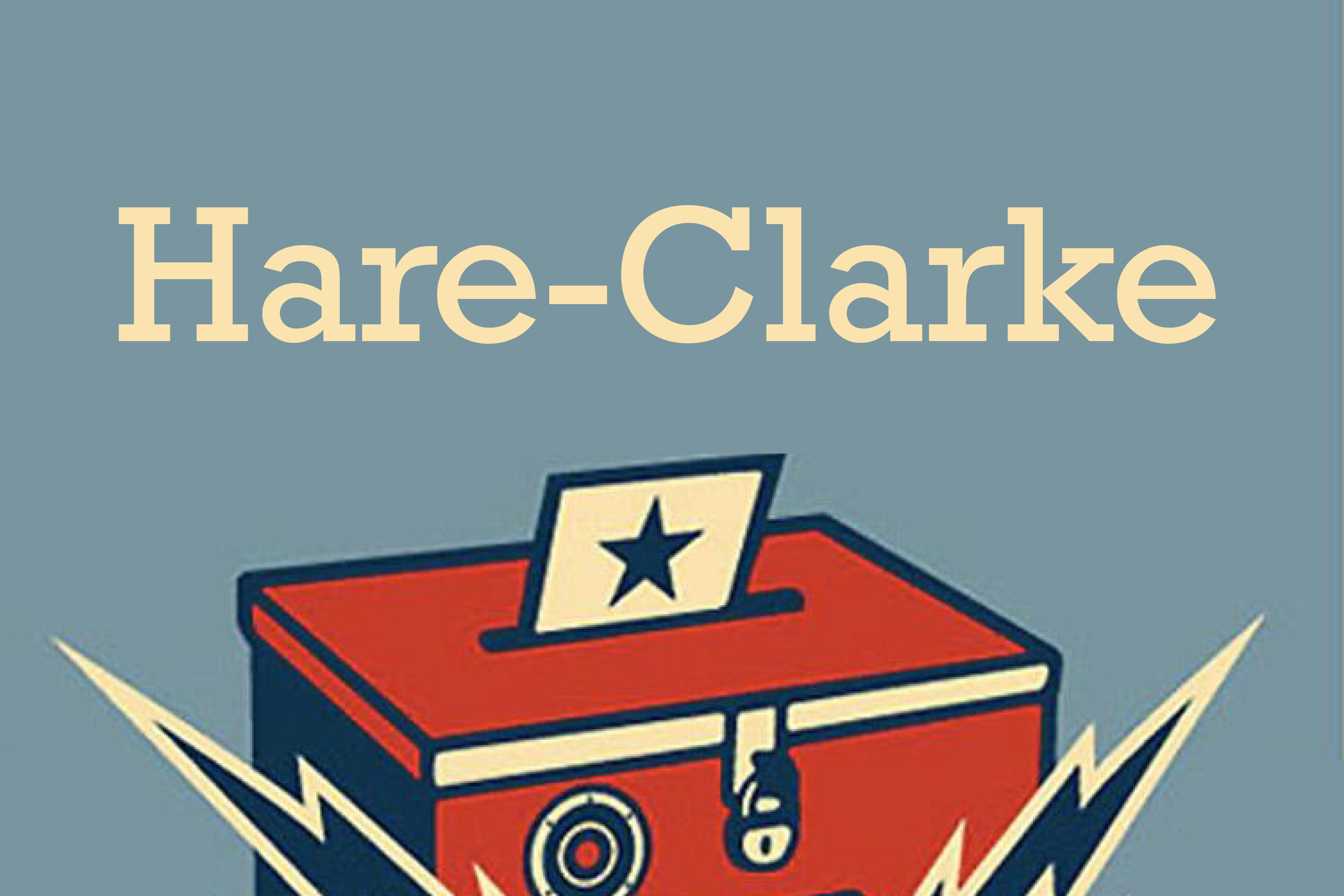Most Australian States utilise very similar structures concerning how they elect their members, largely sharing a system in line with the Federal model. There are some minor differences between States, obviously with the number of members elected. Many allow for optional preferences, and in the case of Queensland and Northern Territory (yes, I know NT isn’t a State) some completely lack an upper house. Two very notable differences though, are those systems found in Tasmania and the Australian Capital Territory.
Both share a system adapted from the one used in the Senate, but remove the ability to vote above the line. This system is known as the Hare-Clarke electoral system. Hare-Clarke was named for Thomas Hare, an English political scientist who devised the Single Transferable Vote system (STV) we see a form of in the Senate today, and Andrew Inglis Clarke, a Tasmanian barrister, Attorney-General, and a Justice of the Tasmanian Supreme Court. Clarke is of particular interest, as roughly 2/3 of the Australian Constitution is in some way from his original draft. Described as a radical in his day, and being declared a communist by his opponents, it’s no surprise such a system was devised by him as early as it was. The system was introduced in 1896, before being fully adopted by the Legislative Assembly in 1909.
Pausing for a moment from discussing Hare-Clarke, a rather unique facet of the Tasmanian system is that it’s upper house elects members preferentially, and its lower house under Hare-Clarke, a reversal to methods adopted by all other Parliaments across Australia. What baffles the mind further is the composition of its upper house. Most preferential systems render a two-party system; however Tasmania appears to buck the trend once again as the Legislative Council not only lacks major party dominance, it has also never been controlled by a single party. This may be in part because of the locally held view that the Legislative Council is not a “parties house,” with major parties rarely endorsing candidates. However much can be said about voter’s habits, where a strong independent focus appears to be ingrained, with major party candidates being beaten by one or more independents.
Returning to the particulars of the Hare-Clarke system, it shares many similarities with the Senate’s STV model. Candidates must receive a certain share of the vote, a simple quota, this quota being the number of votes cast divided by the number of seats available. In the usual half Senate elections, this usually equates to roughly 16.6% of the votes cast. Votes over the quota are then distributed at a fraction of their original value (as it can’t be determined which votes elected them, and different votes will have a range of preferences, all votes are distributed as such). This last part is crucial in Hare-Clarke, as the system lacks an ability to vote for a party bloc. Hare-Clarke places a focus on individual candidates, meaning that voters must allocate their preferences in accordance to their own interests rather than the parties. This emphasis placed on voter agency is backed up by a ban on “How to Vote” cards being distributed outside polling places. One would imagine this would have two results, one in which voters engage more directly with their local politics (potentially explaining their independent focussed upper house), or one where voters simply “donkey vote.”
Even if donkey voting was becoming a problem, both the ACT and Tasmania have incorporated another Australian (well, Tasmanian) electoral invention, the Robson Rotation (first used in 1980). Named for Neil Robson, a Tasmanian Liberal Politician, the Robson Rotation fixes the problem donkey voting presents, in which those at the top or far left of the ballot are given extra votes by the nature of a donkey vote numbering from that position. A system using the Robson Rotation will have each ballot with the candidates for a particular election placed in a different position. This results in the effect of a donkey vote being minimal if not nullified. This system may have prevented Liberal Democrat Senator David Leyonhjelm winning a place in the Senate in 2013, as it was widely speculated his win was based on the name of the party, and it being placed before the Liberal Party on the ballot.
While Tasmania has been the trailblazer with Hare-Clarke, having adopted it before the ACT even came into being, the ACT adopted it not long after being granted a Parliament. The ACT voted by referendum to adopt the Hare-Clarke system, leaving behind the potentially more experimental D’Hondt method (which is a story for another time), just 3 years after gaining self-government. The ACT soon adopted the Robson Rotation in 1995. The ACT is also notable in that it lacks an upper house, and therefore elects all its Territory Politicians based on Hare-Clarke.
It appears we can thank Tasmania for a number of electoral innovations. I would personally like to see the Robson Rotation incorporated more widely, and seeing the impact it would have. Despite the 2016 changes to Senate voting, I believe it would have some level of impact on the result. As ever, if you change the way the votes are counted, you can change who is elected.
Words by Mike Anderson
This article first appeared in print volume 88 edition 6 BLUE

